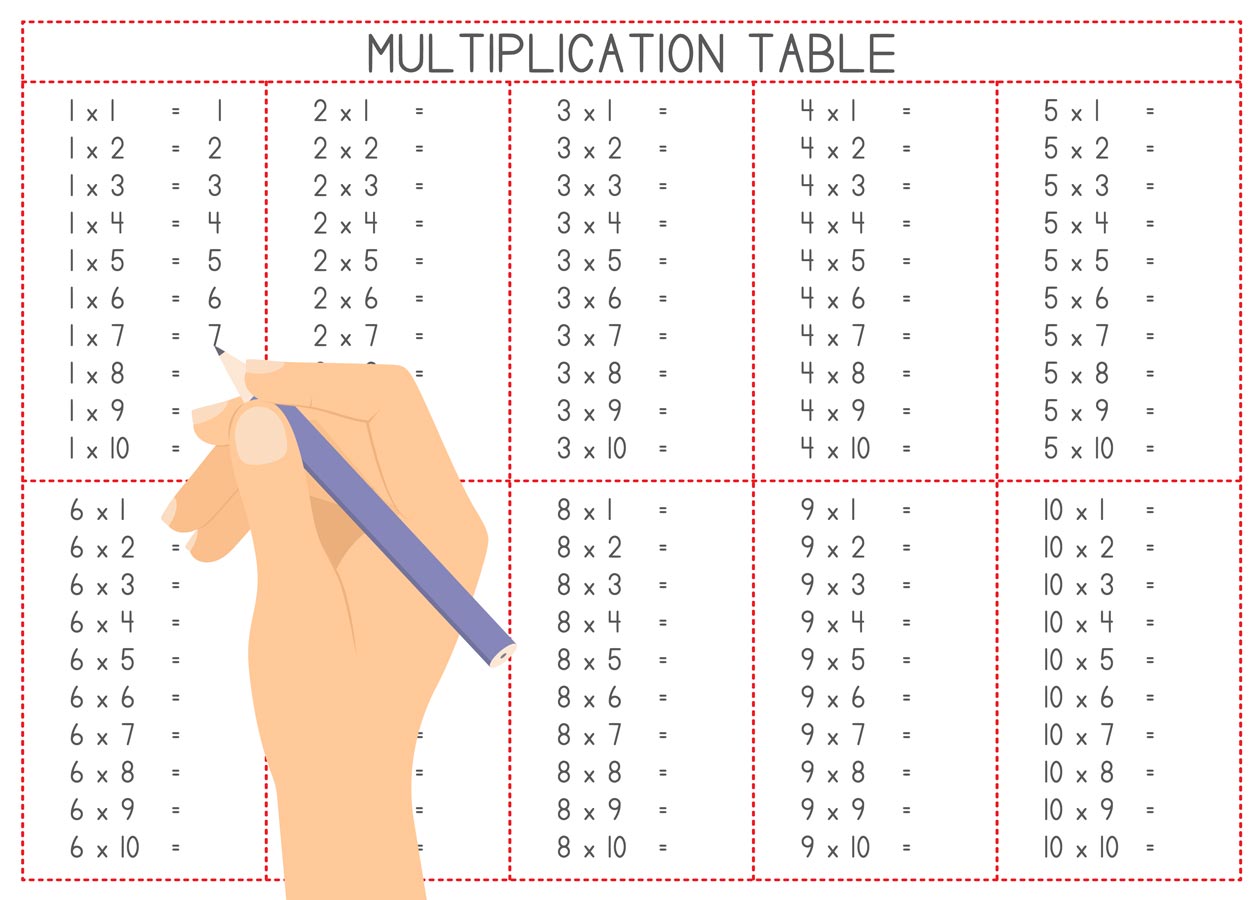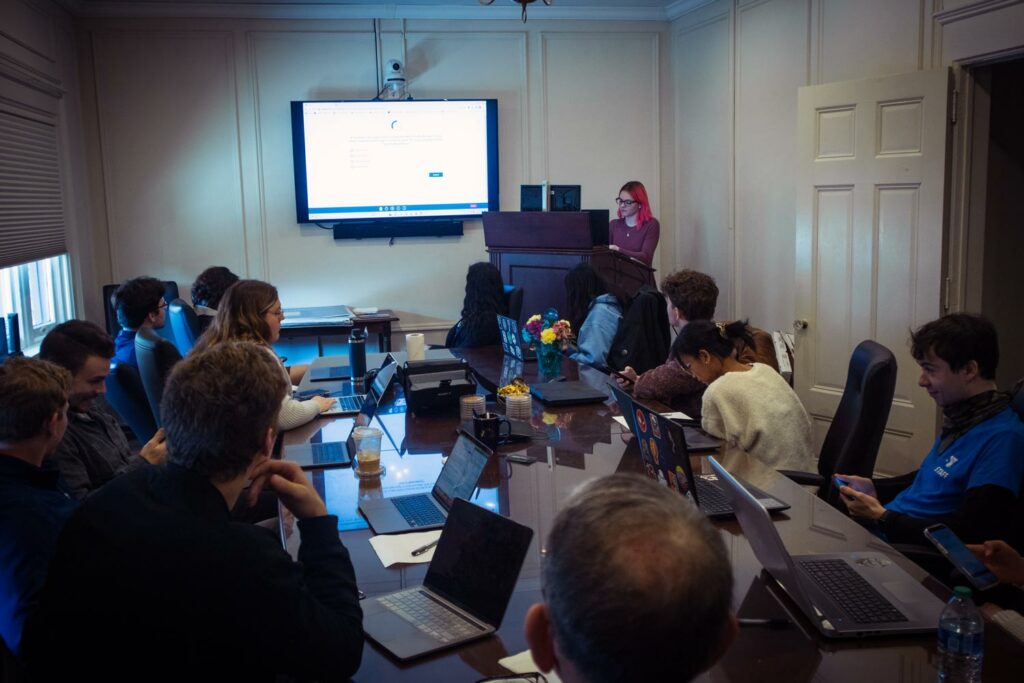While living through a pandemic, the rise in remote education, or virtual instructor led training (VILT), has proven to be convenient, if not essential for health reasons. How can we now make it more effective?
It’s tough to learn by reading through muddled slides, listening to lectures while being assaulted by multiple distractions. It is difficult to retain content when attention is bouncing from lessons, text messages, and Instagram. Though online training is convenient and cost-effective, it can be less than productive without the availability of new, innovative teaching tools and methods.
Attention Disrupted

Yes, attention spans are shrinking. It’s the job of educators and technologists to harness our marvelous cognitive and recall powers by understanding and applying brain science to live online learning. How do we keep learners engaged and focused?
Learning engagement is a complex process that involves various regions and neural circuits of the brain. Our mood’s ability to focus and sustain attention is essential for effective learning. Thus, platforms like Zoom, Skype, or Google Meet provide class time, without effective methods for engagement, knowledge delivery, or skills development. This is a tragic waste of human capital.
Attention is the first prerequisite for learning. Learners must be in attendance mentally as well as physically. Without focus and attention, instructors and students are going through the motions and getting minimal benefit.
The Dopamine Cycle
When we are engaged, the brain releases neurotransmitters including dopamine, which is linked with two key factors in meaningful learning – motivation and reward. This release of dopamine is important for strengthening positive learning experiences, maintaining focus, and fueling the motivation to learn. Thus, games are desirable in virtual classrooms because dopamine is released by gaming activity. When training has a competitive element, the dopamine lift is higher and every sense is sharper. Learning becomes vivid and memorable.
There is a domino-effect. When engagement increases, dopamine increases, leading to meaningful learning and optimal performance. Our brains adapt frequently, so when we experience positive learning outcomes and the corresponding dopamine infusion, we acquire the desire to keep learning.
Neural Pathways
When we learn something new, our brains form new neural pathways, store, and remember that information. The more we engage with a particular subject or action, the more the brain adapts to these messages and the stronger those neural connections become. This is why repetition and practice are key for learning that require immediate recall, such as the multiplication table.

Furthermore, learning involves the activation of the hippocampus, a part of the brain involved in memory consolidation and retrieval. Although some may mistake the hippocampus for the retrieval of short-term memory only, in fact it is required for the retrieval of all memories regardless of their age. The hippocampus plays a crucial role in the reclamation of information, similar in function to the database where topic searches link to explainer videos. The hippocampus is vital for effective learning and retention in synchronous (live) and asynchronous (on-demand) training.
Moreover, the amygdala, a brain region associated with emotion processing, plays a role in learning engagement. Aspects like perception, attention, memory, behavior, and problem solving can be associated with the amygdala because they all can be directly impacted by emotion. Whether it is being rewarded, disciplined, excited, bored, or engaged, emotion has a direct and powerful impact on the brain’s ability to retain information. Thus, it is important to create emotional connections to educational materials. Story narratives and competition are two excellent ways to do this.
Information Density
It is common for training to consist of heavy, information-dense lessons. This teaching style is notable for talking heads and endless PowerPoint slides. Many of us have fallen asleep during such presentations. It’s much more effective to think of training as amusement:
“Anyone who tries to make a distinction between education and entertainment doesn’t know the first thing about either.”
– Marshall McLuhan
No matter how qualified the presenter is, listening to a dry, information-based lecture is a recipe for wasted time and ineffectiveness. Engagement is crucial, no matter how rich the information topic.
Multitasking

Research shows that 95% of business professionals admit to multitasking during meetings. Here the domino-effect works in reverse. Decreased engagement during training causes ineffective learning resulting in unsatisfactory performance which leads to lowered business outcomes. It is difficult for anyone to learn while multitasking. Nevertheless, the ever present distraction of mobile technology makes it easier and more likely that attention will drift during meetings and classes. When learners are not engaged it is easy for their mind to end up somewhere else like social media or texts. Thus, a company or school’s education goals may be disrupted and set back by a lack of knowledge and skill delivery.
Gamification
Live online training is most effective when it employs frequent activity, particularly gamification. There is nothing that gets the dopamine percolating faster than a bit of friendly competition! The best online learning feels more like a fun bar game than the drudgery most associated with corporate compliance training. To expand on McLuhan’s quote above, when education is considered a form of entertainment, learners consume more and managers enjoy faster skill acquisition and improved performance.

Summary
Learning is a complex process that requires activation of multiple brain regions. Less than half of students are fully engaged after the first 10 minutes of a monotonous Zoom lecture.
Trainers are competing for attention in a minefield of distraction. Consider that Americans check their phones an average of 344 times per day. Incented by dopamine, our brains naturally head away from passivity and boredom towards activity and stimulation. By designing trainings that require frequent, active participation, developers accelerate the acquisition of the knowledge and skills necessary for success.
